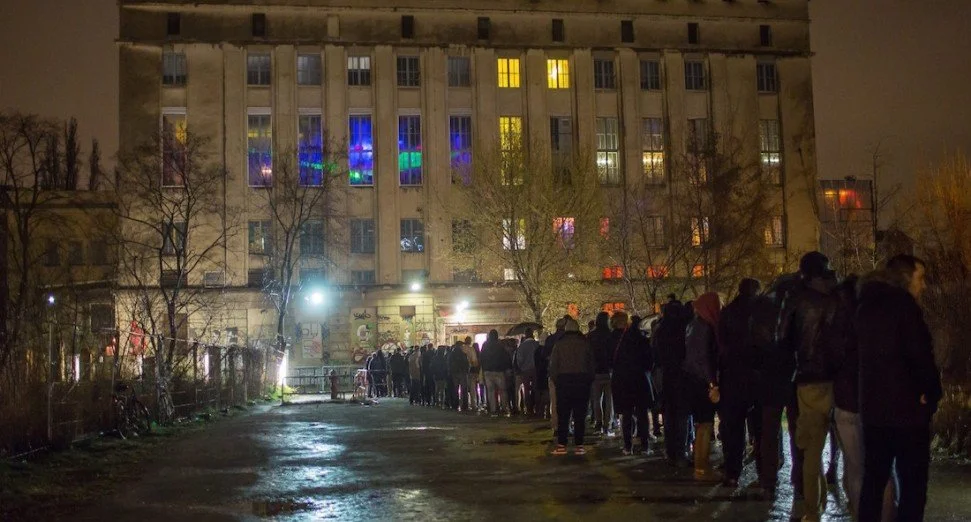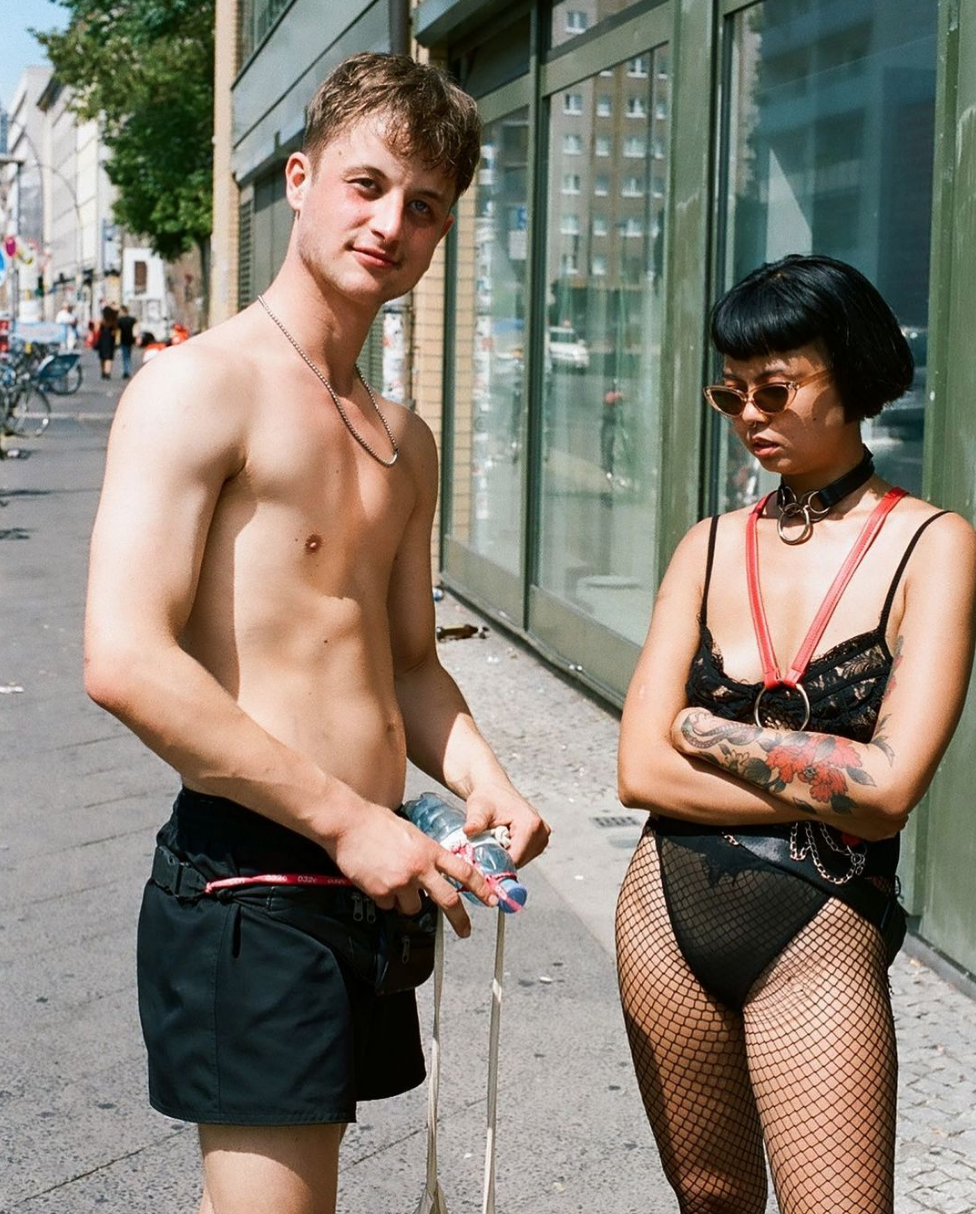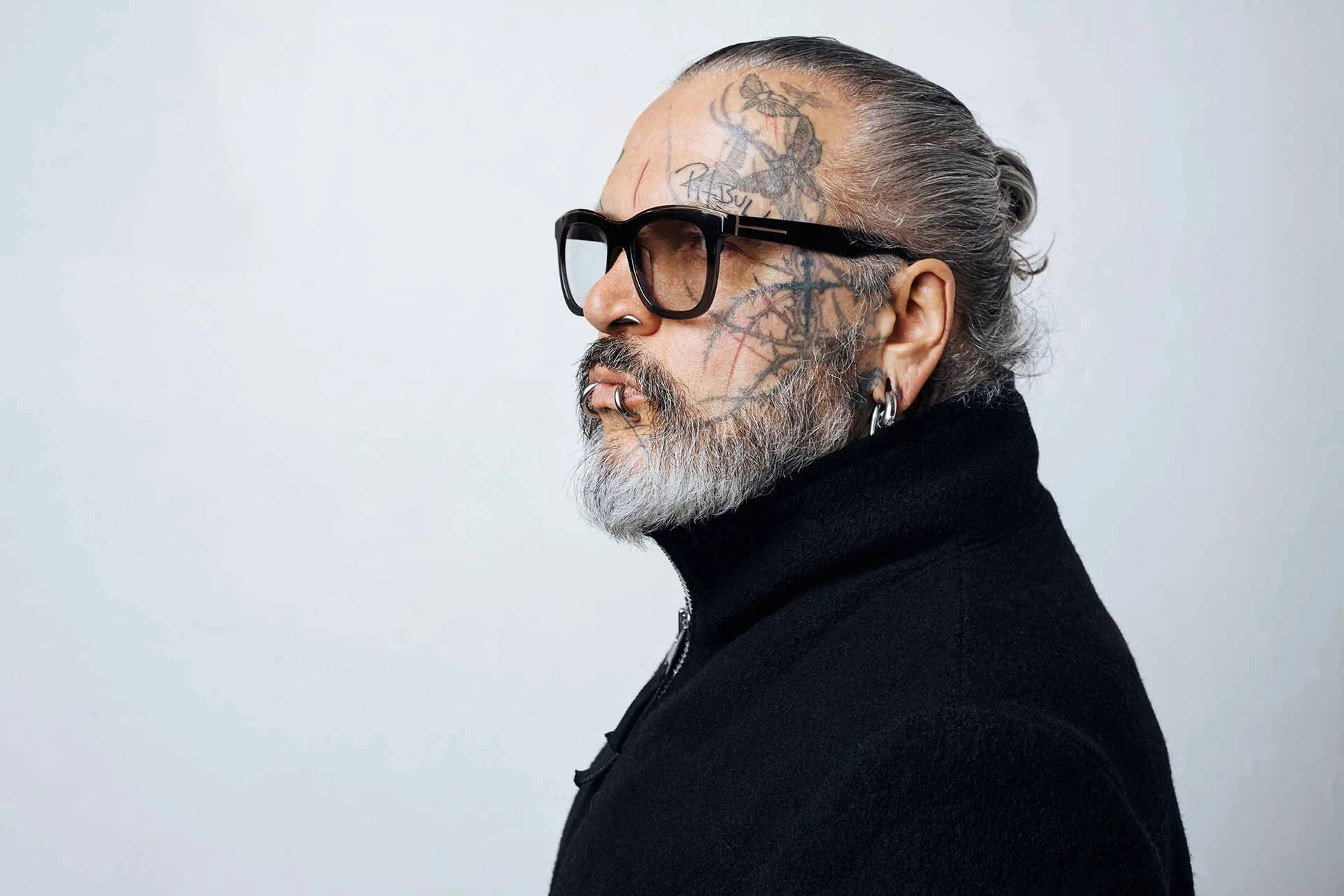Berlin Berlin: The Culture of Berghain
BY ELFIE REIGATE
Earlier this year, on May 5th, Berlin nightclubs were recognised as ‘cultural institutions’ under German national law. This means that the infamous nightclubs of Berghain and TRESOR now have the same cultural clout as things like theatres and art galleries, promoting them beyond their former ranking as entertainment venues. This ratification clearly demonstrates the unique importance and historical significance of nightclubs in Berlin, as institutions which constitute an integral part of the city’s, and indeed Europe’s, cultural identity.
Indeed, Berlin’s nightlife industry is like none other. As the beating heart of the techno scene, no phones indoors and indoor smoking, nights in Berlin have a magical quality. The fall of the wall separating the Soviet and allied sides of Berlin in 1989 signalled a cultural revolution, where the two sides of Germany were reunited. As the city danced together on that date, a progressive movement was born and continues to break down barriers; the pivotal meeting of East and West was celebrated with dance and music after decades of oppression and segregation. Despite the strict door policies, Berlin’s clubbing community is still celebrated for its ethos of inclusivity and diversity.
For starters, the demographic of club dwellers in Berlin is far more eclectic than that of the UK in terms of age. Instead of the usual 18-23 year olds that you might find make up the majority in UK venues; the age-range in Berlin is far more varied, with some of the OG 90’s ravers who were first on the scene alongside the youngster tourists who are thrilled to have chanced their way through the door. Moreover, despite its reputation for unbridled hedonism, there is also space for sobriety in Berlin’s night-time scene. Inebriated or not, you will not feel inappropriately dressed.
Berlin nightclub fashion by Sabrina Jeblaoui for @NachtClubsBerlin
Furthermore, the walls of Berlin’s clubs have been celebrated as queer cultural heritage sites. The cruising scene in postwar Berlin was famously popular at a period in history where homosexuality was still taboo and frowned upon. The city has many popular LGBTQ+ venues, which are proudly committed to diversifying their communities. Charles Schulz, from the iconic queer nightclub ‘Schwuz’, has recently made important changes in promoting the venue as a safe and welcoming space for asylum seekers and refugees. Perhaps the most famous gay bar was the Eldorado, which is now unfortunately a supermarket, was once was home to a vibrant scene of creative, gender-bending minds from across the city.
Fetish and sex clubs are also a big part of Berlin’s night scene, of course. Nights of debauchery have been widely documented in clubs such as the Lab.Oratory (next to/underneath Berghain), which features all sorts of erotic nights, where one consents to almost any sexual interaction just by walking through the doors. With dress codes of latex, leather and kinky accessories, Kit Kat is perhaps the most famous of these venues. Folklore says that Kate Moss was once denied admission in the 1990’s for dressing too modestly, and was only admitted once she took off her top and replaced her bra with a tiny belt. Furthermore, this hedonist’s heaven is complimented by a strict policy of consent, whereby interested partners communicate their sexual proposal via a stroke on someone’s arm, and only after this stroke is reciprocated then you know you’re on. The female maître-D in Kit Kat is very clear on informing everyone of this policy on entry, and it goes without saying that any consensual ambiguity is not tolerated.
The nucleus of Berlin’s nocturnal mythology of course starts at Berghain. The rumours that shroud this historic venue range from sinister stories of 47 people dying inside the club, to more wholesome rumours featuring the mysterious ice-cream parlour that is thought to exist somewhere in the building. The old industrial complex features a labyrinth of rooms, where people have sex, dance and take naps (many people go in on Friday and come out Monday morning). Considering that its infamously strict door policy leaves more of its reputation up to speculation rather than experience, it is perhaps no surprise that Berghain’s name is shrouded in myth and legend.
Berghain bouncer Sven Marquardt
In fact, the door policy itself is where the mystification starts. The world’s most notorious bouncer, Sven Marquardt, notoriously guards the entrance of Berghain. The stony-faced bouncer is covered head to toe in tattoos with dark sunglasses and several large face piercings. Every weekend since Berghain opened in 2004, Sven has ruthlessly decided the fate of nervous queue-goers, and after potentially hours of queuing, most are asked to politely step aside and look elsewhere. Although his criteria for entry is officially undisclosed, elaborate theories have been developed as to what may improve a candidate’s chance of admission. Numerous websites and apps exist for the sole purpose of training hopefuls for their day of reckoning with Sven. These theories include wearing black, speaking German, being alone, being older, etc. Selfies in the queue, apparently, are a big no-no…
So, despite its laissez-faire approach to inclusivity and individuality, the door policies make some clubs in Berlin almost impossible to get into. Fortunately, however, FUZE is not interested in intimidation tactics, and we look forward to welcoming anyone and everyone to our ‘BERLIN BERLIN’ night on the 9th of December. See you there!




